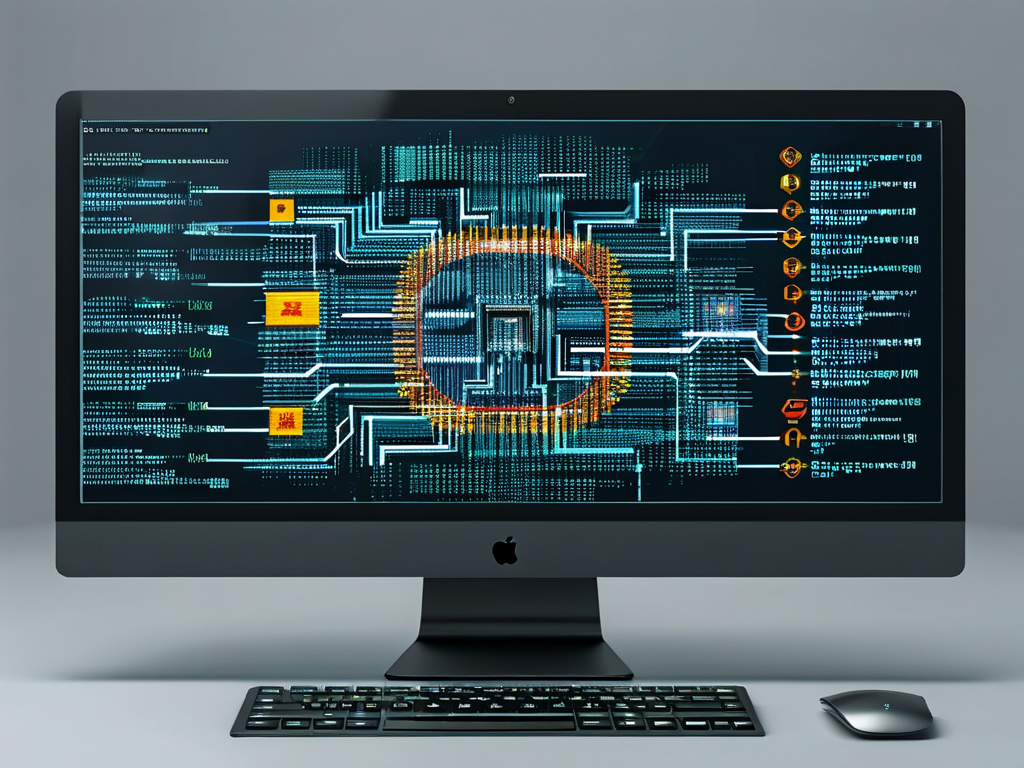Preparing for a final exam in computer network fundamentals requires a strategic approach to mastering core concepts. This article explores critical topics students should prioritize and offers actionable study techniques to enhance performance.

Understanding Core Protocols and Architectures
A solid grasp of network architectures like the OSI (Open Systems Interconnection) model and TCP/IP stack forms the backbone of exam success. For instance, memorizing Layer 3 (Network) functionalities—such as IP addressing and routing—is essential. Students often confuse Layer 2 (Data Link) responsibilities (MAC addressing, switches) with Layer 3 tasks, leading to errors in scenario-based questions. To avoid this, create comparative charts contrasting device roles across layers.
Subnetting Demystified
Subnetting remains a challenging yet high-weightage topic. Consider this practice problem:
# Calculate subnet mask for 192.168.1.0/26
subnet_bits = 26 - 24
hosts_per_subnet = 2**(8 - subnet_bits) - 2
print(f"Usable hosts per subnet: {hosts_per_subnet}")
This code snippet reveals how /26 partitioning creates subnets with 62 usable hosts each. Memorizing CIDR notation patterns and practicing binary-to-decimal conversions can significantly improve speed during exams.
Security and Encryption Mechanisms
Modern exams emphasize network security fundamentals. Focus on differentiating symmetric (AES) and asymmetric (RSA) encryption methods. A common pitfall is misunderstanding SSL/TLS handshake sequences. Visualize the process: client hello → server certificate → key exchange → encrypted communication. Relate this to real-world applications like HTTPS to reinforce memory.
Troubleshooting Methodology
Scenario-based questions often present network failures. Apply systematic troubleshooting:
- Verify physical connectivity (Layer 1)
- Check ARP tables for MAC/IP mappings (Layer 2/3)
- Use traceroute for path analysis (Layer 3)
Develop mnemonics like "Ping Your Router First" (Physical, ARP, IP, Routing, Firewall) to structure responses effectively.
Exam Strategy Optimization
Time management proves crucial during tests. Allocate specific minutes per question type:
- 2 minutes for multiple-choice
- 5 minutes for subnetting calculations
- 8 minutes for case studies
Practice with timed mock exams using platforms like Packet Tracer simulations to build speed and accuracy.
Common Pitfalls to Avoid
Students frequently lose marks by:
- Overlooking IPv6 addressing conventions
- Misinterpreting firewall vs. router functionalities
- Confusing UDP's connectionless nature with reliability features
Counter these by creating flashcards with contrasting technical definitions and protocol comparison matrices.
Practical Application Through Labs
Reinforce theoretical knowledge with hands-on experiments:
# Analyze network traffic with Wireshark filters tcp.port == 80 && ip.addr == 192.168.1.5
Such exercises help visualize concepts like TCP three-way handshakes and DNS resolution processes, making abstract ideas concrete.
Resource Recommendations
Supplement textbooks with:
- RFC documents for protocol deep dives
- Cisco's Networking Academy modules
- YouTube tutorials on packet analysis
Form study groups to debate concepts like VLAN configurations versus subnet segmentation, fostering deeper understanding through peer learning.
By combining conceptual clarity with practical problem-solving frameworks, students can transform network fundamentals from abstract theory to actionable knowledge. Remember that consistent practice with past papers and focused revision on weak areas typically yield the best outcomes.






